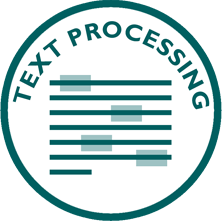Continuing our series of PostgreSQL Data Types today we’re going to introduce the PostgreSQL array data types.
Arrays can be used to denormalize data and avoid lookup tables. A good rule of thumb for using them that way is that you mostly use the array as a whole, even if you might at times search for elements in the array. Heavier processing is going to be more complex than a lookup table.


